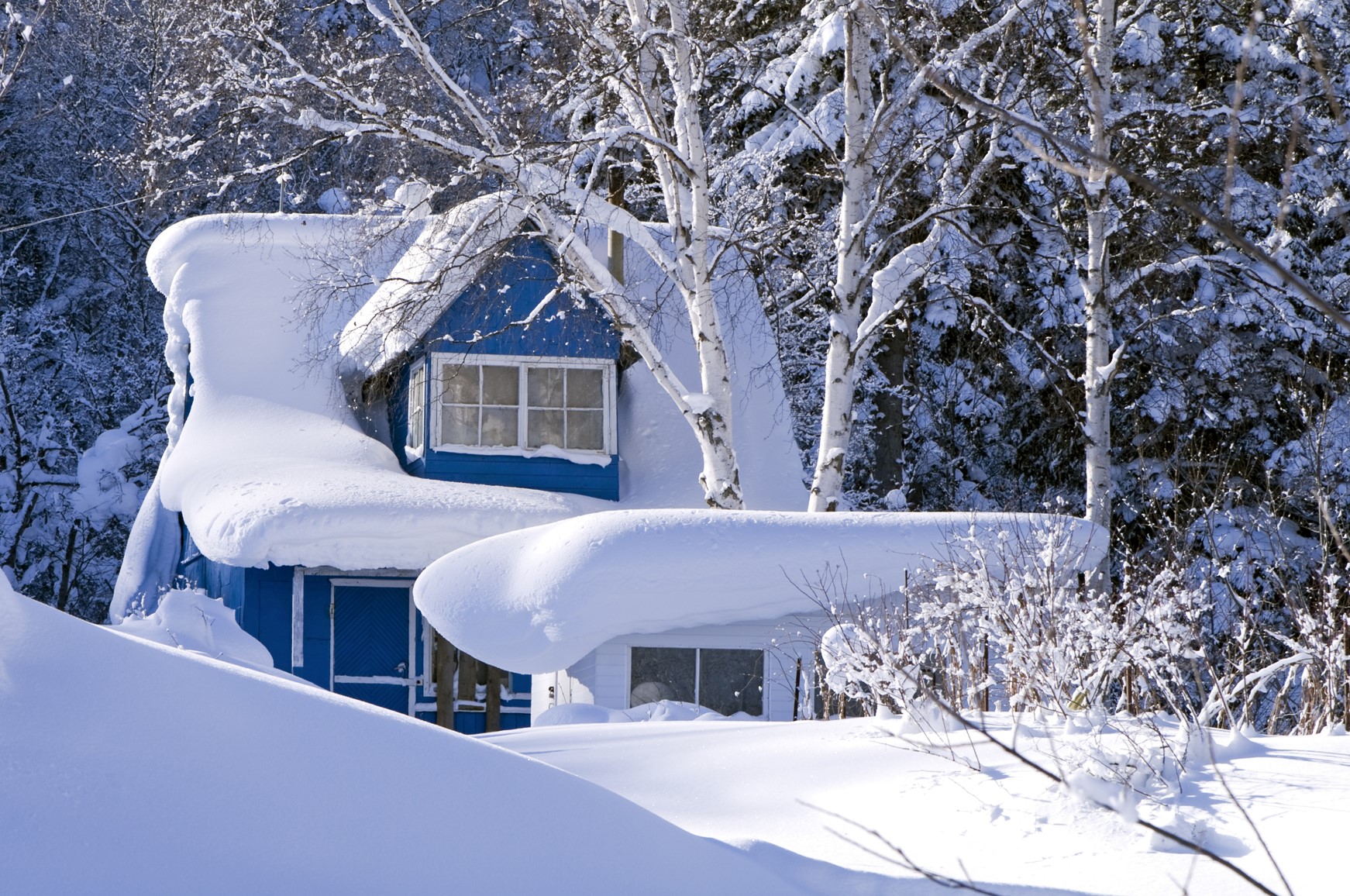Winter Storm Damage—3 Ways to Avoid It

Falling snow and even a snow storm can be beautiful and, at times, conjure up fond memories of snow angles, sledding and snow days from school. However, extreme temperatures (both hot and cold) can be hazardous to property structures causing water damage and potential flooding. They can also wreak havoc on your roof, pipes, and foundations. Thawing and freezing are one way we can be taken off guard, and cold air leaks in our structure is another. Here are a few ways that you can avoid extreme weather storm damage:
Clear Ice Dams
Melting snow that freezes into ice at the edge of your roof causes what is known as an ice dam. Without proper removal of the snow, the ice can grow, preventing the melting snow from draining off the roof and backing up beneath the roof shingles, eventually making its way into your home. Monitoring your roof for signs of ice dams will go a long way in avoiding roof damage repair later on.
If you spot an ice dam formation on your roof, you should act quickly to remove the dam before it can cause water damage. You can remove ice dams by melting the snow with calcium chloride, which can be found at your local hardware store.
Prevent Burst or Frozen Pipes
Extreme changes in temperature can cause pipes to crack, burst, and leak. Insulate pipes that are exposed to the cold. Caulk air leaks on exterior walls to prevent cold air from coming in and reaching pipes. If you will be away from home for any length of time be sure to leave your faucet on—a pencil-thin stream during extremely cold snaps will keep water flowing and prevent freezing. Keep cabinet doors open to expose plumbing to warm air from the house.
Patrol Your Foundation
When temperatures fluctuate vastly from warm to cold, there is the potential for water damage. We all love a warm day in the middle of winter, but the freeze-thaw cycle can create conditions that lead to potentially drastic water damage. Check outside your home for melt-off and pooling of water close to the foundation. Remove mounds of snow, ice, and debris that can keep water from flowing away from the structure. Water takes the path of least resistance, so unless its path is blocked, it will make its way into your home and cause water damage.
While it’s important to keep up with home maintenance to help prevent damage from water, it’s also a wise to check with your insurance provider to find out what is and is not covered by your homeowners policy. Be sure to ask if there is additional coverage. No type of flood damage, no matter the source of the water, is covered by standard homeowners policies. You can, however, purchase flood insurance through an insurance provider or request an agent referral through the National Flood Insurance Program.
Advance Restoration is a disaster restoration company providing services for water damage, fire damage, storm damage, and mold remediation.














